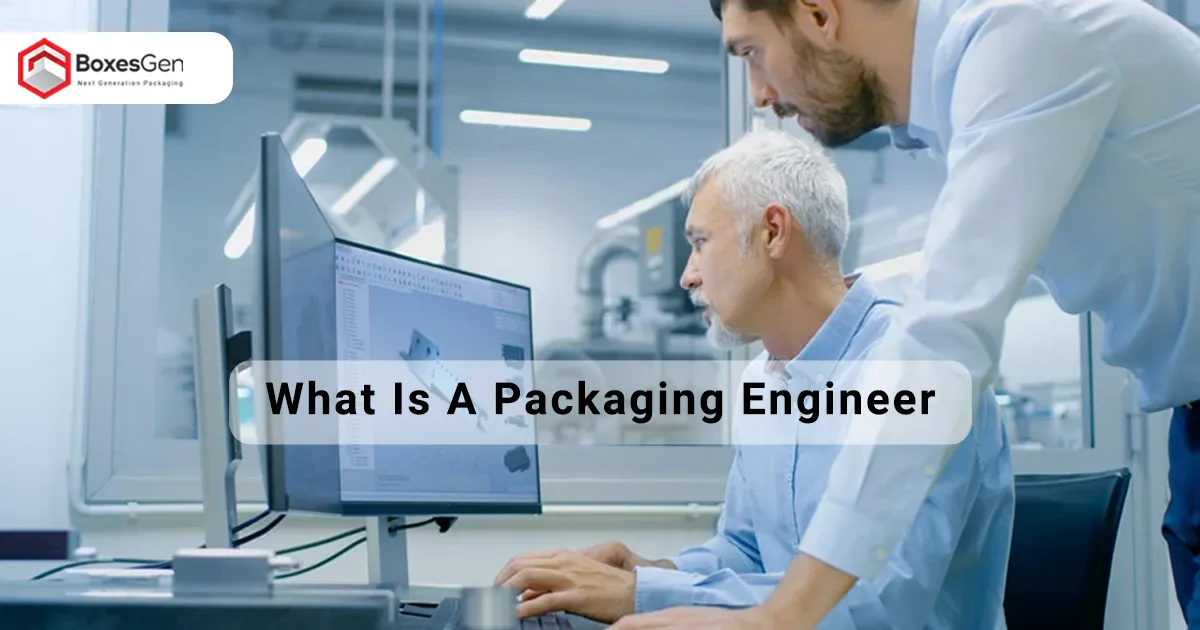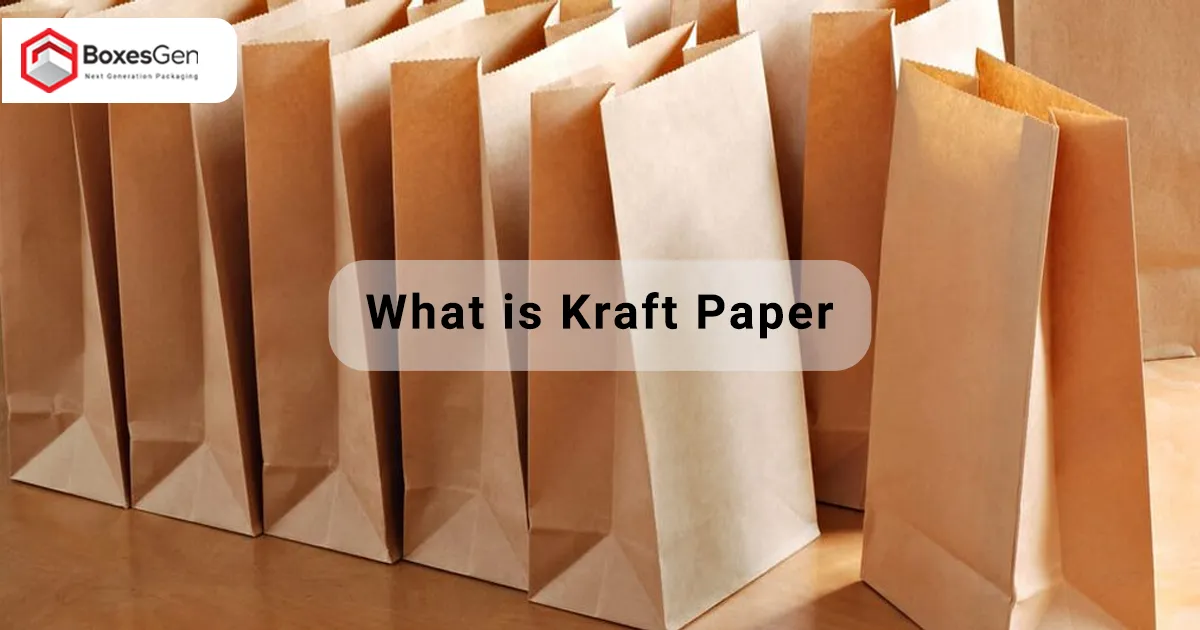Use Reusable Packaging
In recent years, the global community has become increasingly aware of the environmental impacts of single-use packaging. As a result, there has been a growing interest in reusable packaging as a sustainable alternative. From reducing waste to conserving resources, the benefits of embracing reusable packaging are manifold. In this comprehensive guide, we delve into the importance of using reusable packaging and explore its various advantages.
Understanding Reusable Packaging
Reusable packaging refers to containers, bags, and other materials designed for repeated use. Unlike single-use packaging, which is discarded after one use, reusable packaging can be utilized multiple times, significantly reducing waste generation. Common examples of reusable packaging include Cardboard Boxes, stainless steel water bottles, Rigid Boxes, glass jars, and cloth grocery bags.
Environmental Benefits of Reusable Packaging
One of the primary advantages of reusable packaging is its positive impact on the environment. By minimizing the need for single-use materials, reusable packaging helps reduce the amount of waste sent to landfills and incinerators. This, in turn, decreases pollution and conserves valuable natural resources such as water and energy.
Furthermore, reusable packaging often has a lower carbon footprint compared to its single-use counterparts. Manufacturing new packaging materials requires significant energy and resources, whereas reusable packaging can be used repeatedly, offsetting the environmental costs associated with production.
Economic Advantages of Reusable Packaging
In addition to its environmental benefits, reusable packaging offers numerous economic advantages. While the initial investment in reusable containers or bags may be higher than purchasing disposable alternatives, the long-term cost savings are substantial. Over time, individuals and businesses can save money by avoiding the need to purchase single-use packaging repeatedly.
Moreover, many retailers and food establishments now offer incentives for customers to use reusable packaging, such as discounts or loyalty rewards. By encouraging the adoption of reusable containers, businesses can reduce the expenses associated with single-use packaging and demonstrate their commitment to sustainability.
Promoting Circular Economy Principles
Reusable packaging plays a crucial role in advancing the concept of a circular economy, wherein resources are used efficiently and waste is minimized. By designing packaging that can be reused multiple times, companies contribute to the circularity of materials, reducing the demand for virgin resources and minimizing environmental degradation.
In a circular economy, products and materials are kept in use for as long as possible through recycling, refurbishment, and reuse. Reusable packaging aligns with this principle by extending the lifespan of materials and reducing the reliance on disposable alternatives. As more industries embrace circular economy principles, the adoption of reusable packaging is likely to become more widespread.
Consumer Behavior and Reusable Packaging
The widespread adoption of reusable packaging relies heavily on consumer behavior and preferences. While many individuals are increasingly conscious of the environmental impact of single-use plastics and other disposable materials, there are still barriers to overcome. These may include convenience, accessibility, and perceptions of cost.
To encourage greater uptake of reusable packaging, it is essential to address these barriers through education, outreach, and policy interventions. Governments can implement regulations to reduce the production and consumption of single-use packaging while incentivizing the use of reusable alternatives. Additionally, businesses can play a pivotal role in promoting reusable packaging by offering convenient options and raising awareness among consumers.
Innovations in Reusable Packaging Technology
As the demand for sustainable Packaging Solutions grows, innovators are continually developing new technologies to improve the functionality and efficiency of reusable packaging. From advanced materials to smart packaging systems, these innovations are driving the evolution of reusable packaging and expanding its applications across various industries.
One notable advancement is the development of lightweight and durable packaging materials for reusable containers and packaging. Manufacturers are exploring alternatives to traditional plastics, such as biodegradable polymers, bamboo-based composites, and recycled materials. These innovative packaging materials offer the same level of durability and performance as conventional plastics but with significantly lower environmental impacts.
Another area of innovation is the integration of smart technology into reusable packaging systems. RFID tags, QR codes, and sensors can be embedded in containers to track their usage, monitor product freshness, and facilitate automated sorting and logistics processes. Smart packaging not only improves the functionality of reusable containers but also provides valuable data insights for businesses to optimize their supply chains and reduce waste.
Challenges and Opportunities
Despite the numerous benefits of reusable packaging, its widespread adoption faces several challenges, including infrastructure limitations, consumer behavior, and regulatory hurdles. Establishing efficient collection and cleaning systems for reusable containers requires investment in infrastructure and logistics, particularly in regions where such systems are not yet well-developed.
Additionally, consumer education and behavior change are essential for increasing the acceptance and use of reusable packaging. Many consumers may be accustomed to the convenience of single-use packaging and may require incentives or persuasion to switch to reusable alternatives. Moreover, regulatory frameworks and policies play a critical role in incentivizing businesses to adopt reusable packaging and ensuring compliance with sustainability standards.
The Role of Consumers in Driving Change
Ultimately, consumers play a pivotal role in driving the shift towards reusable packaging. By making conscious purchasing decisions, supporting businesses that prioritize sustainability, and advocating for policy changes, individuals can contribute to the momentum towards a circular economy. Simple actions such as carrying reusable bags, opting for refillable containers, and choosing products with minimal packaging can collectively make a significant difference in reducing waste and conserving resources.
Moreover, consumers have the power to influence businesses and shape industry practices through their purchasing behavior and demand for sustainable products. By expressing preferences for reusable packaging and holding companies accountable for their environmental impact, consumers can catalyze positive change throughout the supply chain.
Conclusion
Reusable packaging offers a sustainable solution to the environmental challenges posed by single-use materials. By reducing waste, conserving resources, and promoting circular economy principles, reusable packaging helps pave the way towards a greener and more sustainable future. However, widespread adoption will require collective efforts from individuals, businesses, and policymakers to overcome existing barriers and embrace a culture of reusability. By making informed choices and supporting initiatives that prioritize reusable packaging, we can all contribute to a healthier planet for future generations.
Frequently Asked Questions
What is reusable packaging and its benefits?
Reusable packaging refers to containers and materials designed for multiple uses, reducing waste and conserving resources. Benefits include minimizing landfill waste, lowering carbon footprint, and promoting a circular economy by extending material lifespan.
How does reusable packaging benefit the environment?
Reusable packaging reduces waste sent to landfills, conserves resources like water and energy, and minimizes pollution compared to single-use alternatives. Its adoption supports environmental sustainability by promoting responsible consumption and reducing the demand for virgin materials.
What economic advantages does reusable packaging offer?
While initial costs may be higher, long-term savings are substantial. Reusable packaging reduces expenses associated with purchasing single-use materials repeatedly. Businesses can also benefit from incentives such as discounts for customers who opt for reusable containers.
How does reusable packaging promote a circular economy?
By extending the lifespan of materials, reusable packaging aligns with the principles of a circular economy. It reduces the need for virgin resources and minimizes environmental degradation by keeping materials in use through recycling, refurbishment, and reuse.
What role does consumer behavior play in reusable packaging?
Consumer behavior influences the adoption of reusable packaging. While awareness of environmental issues is growing, barriers such as convenience, accessibility, and cost perception still exist. Education, outreach, and policy interventions are needed to encourage greater uptake of reusable alternatives.
How can businesses promote the use of reusable packaging?
Businesses can incentivize customers by offering discounts or loyalty rewards for choosing reusable containers. They can also raise awareness through marketing campaigns and ensure convenient access to reusable options in stores and food establishments.
What are some common examples of reusable packaging?
Examples include stainless steel water bottles, glass jars for food storage, and cloth grocery bags. These items are designed for repeated use, reducing the need for single-use materials and minimizing environmental impact.
How does reusable packaging contribute to waste reduction?
Reusable packaging reduces the amount of waste sent to landfills by providing an alternative to single-use materials. By encouraging reuse and minimizing disposal, it helps conserve resources and mitigate the environmental consequences of excessive waste generation.
What are the challenges associated with reusable packaging?
Challenges include addressing barriers such as convenience, accessibility, and perceptions of cost. Additionally, there may be logistical considerations for businesses transitioning to reusable alternatives, such as supply chain adjustments and packaging redesign.
Are there regulations or policies supporting reusable packaging?
Some governments have implemented regulations to reduce single-use plastics and promote reusable alternatives. These may include bans on certain disposable items or incentives for businesses to adopt sustainable packaging practices.
How can individuals contribute to the adoption of reusable packaging?
Individuals can make informed choices by opting for reusable containers and bags instead of single-use alternatives. They can also support businesses and initiatives that prioritize sustainability and advocate for policies that promote the use of reusable packaging.
What impact does reusable packaging have on carbon footprint?
Reusable packaging generally has a lower carbon footprint than single-use alternatives. By reducing the need for production and disposal of disposable materials, reusable packaging helps mitigate greenhouse gas emissions associated with manufacturing and waste management.
Can reusable packaging be as convenient as single-use options?
With advancements in design and technology, reusable packaging can offer convenience comparable to single-use alternatives. For example, collapsible containers and portable utensil sets make it easier for individuals to carry reusable items on the go.
How does reusable packaging support resource conservation?
Reusable packaging conserves resources such as water, energy, and raw materials by minimizing the production and disposal of single-use materials. By extending the lifespan of packaging materials, it reduces the demand for virgin resources and promotes resource efficiency.
Are there any health considerations associated with reusable packaging?
Proper cleaning and maintenance are essential to ensure the safety of reusable packaging. Individuals should follow guidelines for washing and sanitizing containers to prevent contamination and maintain hygiene standards.
Can businesses benefit financially from adopting reusable packaging?
Yes, businesses can achieve long-term cost savings by investing in reusable packaging. While initial expenses may be higher, reduced spending on single-use materials and potential incentives for customers can lead to significant financial benefits over time.
How can communities encourage the use of reusable packaging?
Communities can implement initiatives such as public education campaigns, waste reduction programs, and partnerships with local businesses to promote the adoption of reusable packaging. By raising awareness and providing support, communities can create a culture of sustainability.
What are the environmental impacts of single-use packaging?
Single-use packaging contributes to waste accumulation in landfills, pollution of ecosystems, and depletion of natural resources. Its production and disposal generate greenhouse gas emissions, contribute to littering, and harm wildlife through ingestion and entanglement.
What role does innovation play in advancing reusable packaging?
Innovation drives the development of new materials, designs, and technologies that improve the functionality and sustainability of reusable packaging. From biodegradable plastics to smart packaging solutions, ongoing research and development efforts contribute to the evolution of reusable alternatives.
How can policymakers support the transition to reusable packaging?
Policymakers can enact regulations to reduce the production and consumption of single-use plastics, promote the use of reusable alternatives, and incentivize sustainable packaging practices. By implementing supportive policies and collaborating with stakeholders, policymakers can facilitate the transition to a more sustainable packaging system.








